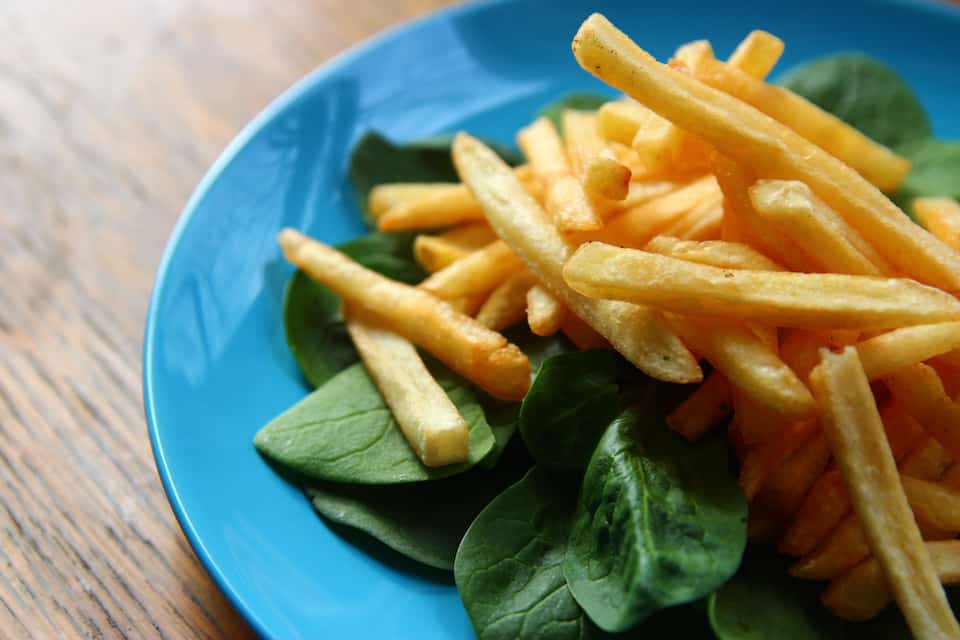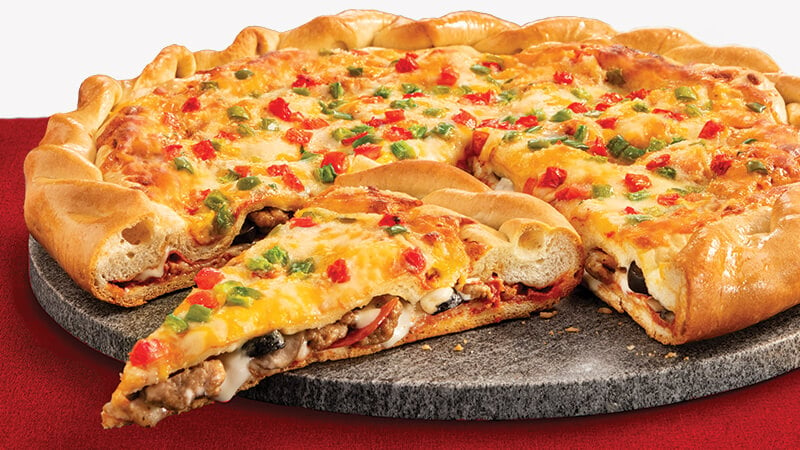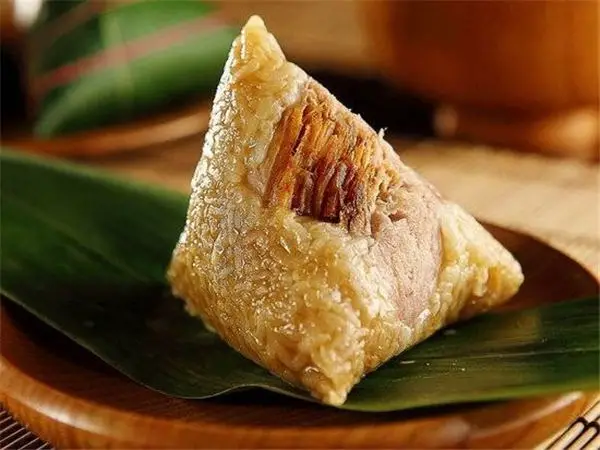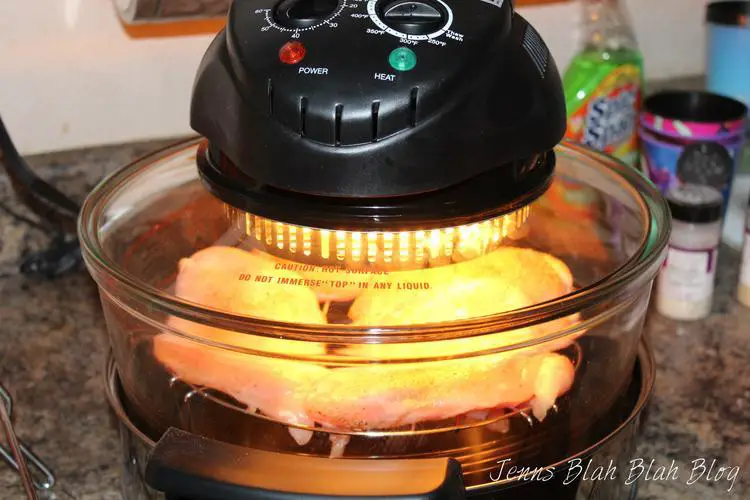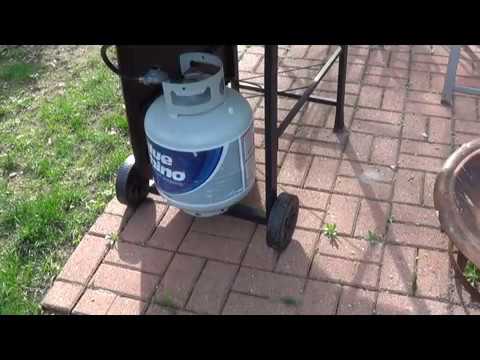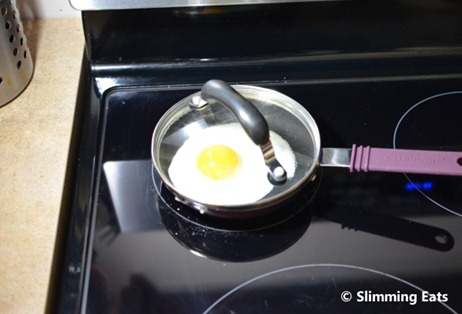Unpacking a brand new oven can be an exciting experience, but before you start cooking, it’s important to ensure that it is safe to use. Here, we will explore the safety aspects of cooking in a brand new oven and the precautions you should take to ensure a safe cooking experience.
Key Takeaways:
- Before using a brand new oven, it is essential to prioritize safety.
- Modern ovens are equipped with safety features and mechanisms to prevent accidents.
- Proper preheating of the oven ensures even cooking and minimizes risks.
- Regular cleaning and maintenance of the oven contribute to safe cooking.
- Using oven-safe cookware is crucial to avoid damage and harmful substances.
Understanding Oven Safety Features
When it comes to cooking in a brand new oven, understanding its safety features is crucial for a safe cooking experience. Modern ovens are equipped with a range of safety mechanisms that help prevent accidents and ensure optimal performance. Here, we will explore some of the key oven safety features and how they contribute to a safer cooking environment.
Oven Temperature Control
One important safety feature found in most ovens is temperature control. This feature allows you to set and maintain the desired cooking temperature, ensuring that your food is cooked evenly and thoroughly. It also helps prevent the oven from overheating, which can lead to potential hazards such as fires or burns.
Automatic Shut-off Systems
Many modern ovens are equipped with automatic shut-off systems that provide an extra layer of safety. These systems can detect when the oven reaches a certain temperature or has been left unattended for too long, and they will automatically turn off the heat source. This feature helps prevent overheating and reduces the risk of accidents in case you forget to turn off the oven.
Child Lock Features
For households with young children, oven safety is of utmost importance. That’s why many ovens come with child lock features. These features allow you to lock the oven controls, preventing curious little hands from accidentally turning on the oven or adjusting the settings. It provides peace of mind knowing that your child will not be able to access the oven unsupervised.
Understanding these oven safety features is essential for safe cooking in your brand new oven. By utilizing these mechanisms, you can have confidence in the safety of your cooking environment and enjoy your culinary adventures without worry.
Preheating the Oven Safely
Preheating a brand new oven properly and safely is crucial for optimal cooking results and to minimize the risk of potential hazards. Follow these essential steps to preheat your oven in the safest way possible:
- Refer to the manufacturer’s instructions: Each oven may have specific recommendations for preheating time and temperature. It is important to read and follow the instructions provided by the manufacturer.
- Set the desired temperature: Adjust the oven temperature to the level specified in your recipe or as required for your dish. Using the oven’s temperature control, ensure the oven reaches the desired temperature.
- Allow sufficient preheating time: Depending on the oven model and temperature, preheating can take anywhere from a few minutes to several minutes. Be patient and allow enough time for the oven to reach the desired temperature.
- Use an oven thermometer: For extra precision, consider using an oven thermometer to ensure the oven has reached the correct temperature. This can help avoid undercooking or overcooking your food.
Remember, preheating your oven properly ensures even cooking and reduces the risk of foodborne illnesses. It also helps to maintain consistent cooking results and improves the overall cooking experience.
Preheating the Oven Table
| Preheating Time | Temperature (°F) |
|---|---|
| 5-7 minutes | 200-250 |
| 7-10 minutes | 300-350 |
| 10-15 minutes | 400-450 |
This table provides a general guideline for preheating times and temperatures. However, please refer to your oven’s specific instructions for accurate preheating recommendations.
By following these preheating guidelines and safety precautions, you can ensure that your brand new oven is preheated safely, allowing you to cook your dishes to perfection while minimizing any potential risks.
Proper Cleaning and Maintenance
Keeping your brand new oven clean and well-maintained is essential for safe cooking. Regular cleaning helps prevent the buildup of food debris, grease, and spills, which can potentially lead to fire hazards and affect the performance of your oven. Here are some important cleaning and maintenance tips to ensure the longevity and safety of your oven:
- Read the manufacturer’s guidelines: Familiarize yourself with the recommended cleaning methods and products specified by the oven manufacturer. Different ovens may have specific instructions for cleaning their interiors, racks, and control panels.
- Remove food debris and spills: After each use, wipe down the oven interior with a damp cloth or sponge to remove any food particles, spills, or grease. For stubborn stains, you can use a mild detergent or baking soda paste. Avoid using abrasive cleaners or metal scrubbers that can scratch the oven surface.
- Clean the racks: Remove the oven racks and soak them in warm soapy water. Scrub away any baked-on food residue using a non-abrasive sponge or brush. Rinse the racks thoroughly and dry them before placing them back in the oven.
- Don’t forget the door: The oven door can accumulate grease and grime over time. Wipe it down with a damp cloth and mild detergent or a vinegar-water solution. Be cautious not to get any liquid into the door vents or electrical components.
- Schedule routine maintenance checks: Consider scheduling professional maintenance checks for your oven. These checks can help identify any potential issues or malfunctions that could compromise safety or performance. A technician can also perform necessary repairs or adjustments to keep your oven functioning optimally.
By following these cleaning and maintenance practices, you can ensure that your brand new oven remains in top condition, providing you with safe and efficient cooking experiences for years to come.
| Cleaning Tips | Maintenance Tips |
|---|---|
| Read the manufacturer’s guidelines | Schedule routine maintenance checks |
| Remove food debris and spills | Consider professional repairs or adjustments |
| Clean the racks | |
| Don’t forget the door |
Using Oven-safe Cookware
When cooking in a brand new oven, it is crucial to use oven-safe cookware to ensure safety and prevent any potential issues. Oven-safe cookware is specifically designed to withstand high temperatures without warping, releasing harmful substances, or causing damage to your oven. Here are some key considerations when choosing and using oven-safe cookware:
Material Compatibility
Check the material compatibility of your cookware with your oven. Some materials, such as glass, ceramic, stainless steel, and cast iron, are generally safe for use in ovens. However, it is important to refer to the manufacturer’s instructions to confirm the specific temperature resistance and usage guidelines of your cookware.
Oven Temperature and Resistance
Ensure that your oven-safe cookware can handle the temperature you plan to use. Different types of cookware have varying temperature resistance, so it is essential to choose the appropriate cookware for your cooking needs. Using cookware that is not oven-safe can lead to warping, melting, or even hazardous situations.
Proper Usage and Care
Follow the manufacturer’s instructions for proper usage and care of your oven-safe cookware. Some cookware may require specific cleaning methods or storage instructions to maintain their oven-safe properties. It is important to adhere to these guidelines to ensure the longevity and safety of your cookware.
| Material | Temperature Resistance |
|---|---|
| Glass | Up to 500°F (260°C) |
| Ceramic | Up to 500°F (260°C) |
| Stainless Steel | Up to 500°F (260°C) |
| Cast Iron | Up to 500°F (260°C) |
Remember, using oven-safe cookware not only ensures your safety but also helps in achieving optimal cooking results. By choosing the right cookware and following proper usage and care guidelines, you can enjoy delicious meals while minimizing any potential risks associated with using a brand new oven.
General Safety Tips
When using a brand new oven, it’s crucial to prioritize safety to prevent accidents and ensure a seamless cooking experience. Here are some general safety tips to keep in mind:
1. Familiarize yourself with the oven’s manual: Take the time to read and understand the manufacturer’s instructions and recommendations. This will help you operate the oven correctly and make the most of its safety features.
2. Keep flammable objects away: Avoid placing flammable materials, such as oven mitts, towels, or plastic utensils, near the oven. These items can easily catch fire if they come into contact with hot surfaces.
3. Use oven mitts and heat-resistant utensils: Protect yourself from burns by always using oven mitts or heat-resistant gloves when handling hot dishes or pans. Additionally, opt for heat-resistant utensils to prevent plastic or wooden materials from melting or catching fire.
4. Monitor cooking times: It’s essential to keep an eye on your food while it’s cooking to prevent overcooking or burning. Set timers or use oven-safe thermometers to ensure your dishes are cooked to perfection.
FAQ
Is it safe to cook in a brand new oven?
Yes, modern ovens are equipped with various safety features and mechanisms to ensure safer cooking.
What are some oven safety features?
Oven safety features may include temperature control, automatic shut-off systems, and child lock features.
How do I preheat the oven safely?
Follow the manufacturer’s instructions for the recommended preheating time and temperature. Allow the oven to reach the desired temperature before placing food inside.
How do I clean and maintain my oven?
Regularly remove food debris, grease, and spills from the oven interior using appropriate cleaning agents. Schedule routine maintenance checks to address any potential issues.
What cookware should I use in a brand new oven?
Use oven-safe cookware that is labeled as such and can withstand high temperatures. Consider material compatibility to avoid damage or release of harmful substances.
What are some general safety tips for cooking in a brand new oven?
Always follow the manufacturer’s instructions, keep flammable materials away from the oven, and never leave the oven unattended while cooking.
